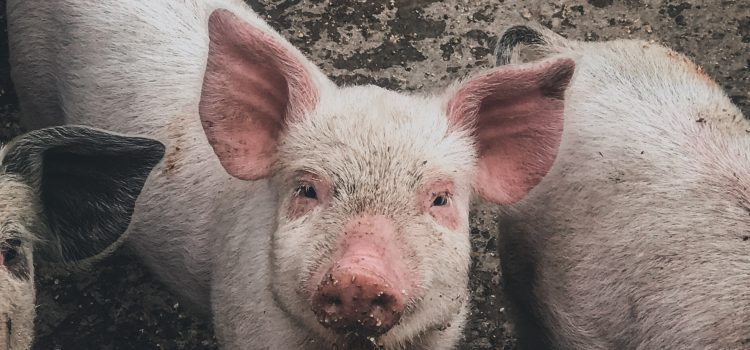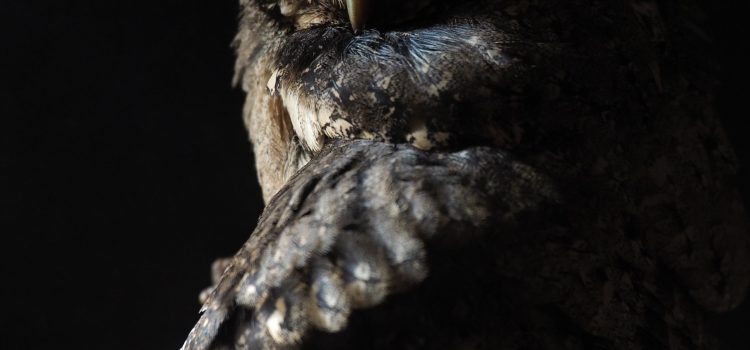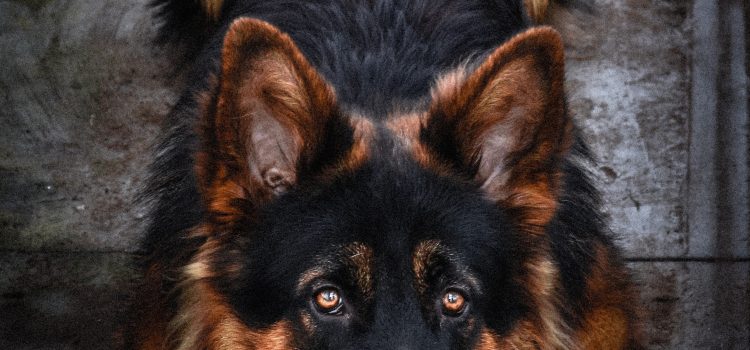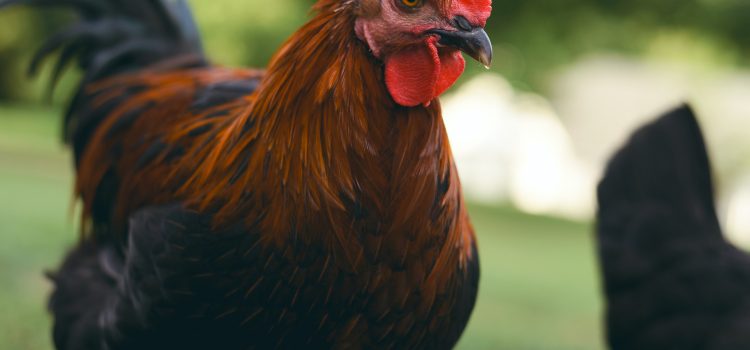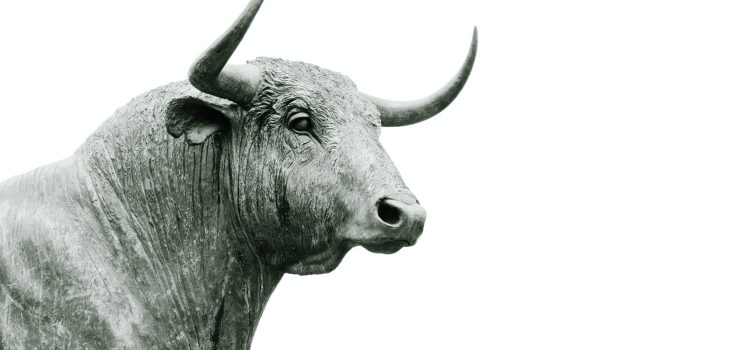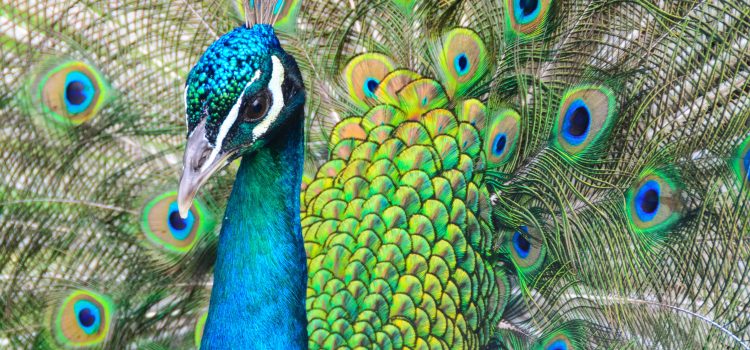
Rabbits are adorable and beloved animals that make wonderful companions. Whether you’re a seasoned rabbit owner or considering getting a rabbit as a pet for the first time, it’s important to understand the key elements of raising happy and healthy rabbits. In this article, we will provide you with a comprehensive guide to ensure your furry friends thrive in your care.
- Proper Housing: Rabbits need ample space to move around, stretch, and play. A rabbit hutch or cage should be spacious enough for the rabbit to stand up on their hind legs, hop around, and lay down comfortably. It’s crucial to provide clean bedding, such as hay or straw, and to clean the hutch or cage regularly to maintain good hygiene.
- Balanced Diet: Rabbits require a balanced and nutritious diet to thrive. Hay should make up the majority of their diet, as it aids in digestion and promotes healthy dental health. Fresh vegetables, such as leafy greens and carrots, should also be incorporated into their diet, along with a limited amount of high-quality rabbit pellets. Avoid feeding rabbits foods that are high in sugar, starch, or high in fat, as it can lead to health issues.
- Regular Exercise: Rabbits are active animals that need daily exercise to stay happy and healthy. They should have access to a safe and secure area where they can hop, play, and explore. Supervised outdoor playtime in a secure, fenced area can also provide rabbits with the opportunity to enjoy fresh air and exercise. Be sure to always monitor your rabbit to ensure their safety.
- Veterinary Care: Just like any other pet, rabbits require regular veterinary care. Find a qualified veterinarian who specializes in small animals and rabbits and schedule regular check-ups for your furry friend. Vaccinations, dental health checks, and preventive care are important to keep your rabbit in top condition.
- Social Interaction: Rabbits are social animals that thrive on companionship. Consider getting your rabbit a bonded companion to prevent loneliness and promote mental stimulation. Spending time with your rabbit, interacting with them, and providing toys and puzzles can also help keep them mentally stimulated and happy.
- Safe Environment: Rabbits are curious creatures, and it’s important to create a safe environment for them. Keep electrical cords, toxic plants, and other hazards out of reach. Rabbits also have delicate skeletal structures, so avoid handling them roughly or dropping them, as it can cause serious injuries.
- Mental Stimulation: Rabbits are intelligent animals that need mental stimulation to prevent boredom. Provide them with toys, puzzles, and opportunities for exploration to keep their minds active and engaged. You can also rotate their toys to keep things fresh and interesting for them.
- Grooming: Rabbits require regular grooming to maintain their health and well-being. This includes brushing their fur to prevent matting, trimming their nails, and cleaning their ears. Regular grooming not only keeps them looking their best, but it also helps prevent health issues.
In conclusion, raising happy and healthy rabbits requires attention to their housing, diet, exercise, veterinary care, social interaction, environment, mental stimulation, and grooming. By providing a safe and stimulating environment, a nutritious diet, regular veterinary care, and plenty of love and attention, you can ensure that your rabbits live a happy and healthy life. Remember, rabbits are not just cute pets, but living creatures that deserve the best care and attention we can provide.









